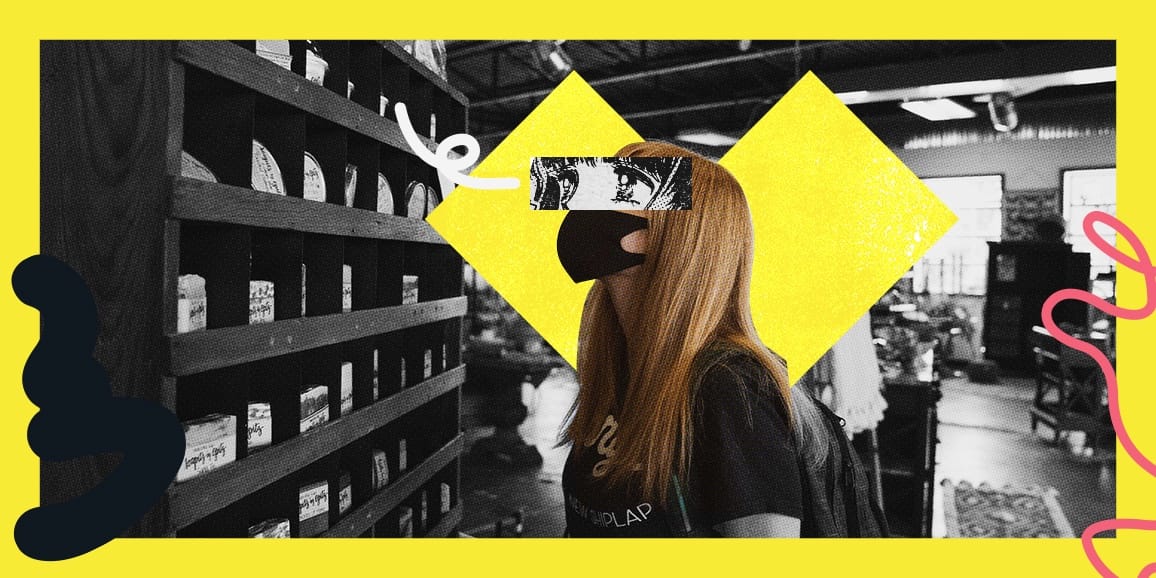When planning a marketing campaign, having the best product simply isn’t enough.
Every business aims to outshine competitors by providing the best solution to their customers’ problems. If your company is driven by its product team, you’ll start every campaign with spec sheets outlining best-in-class ratings for speed, storage, or whichever metric is driving your industry. If you could just describe the results of all that hard work, the thinking goes, then your product will practically sell itself.
But in the harsh light of the marketplace, none of your customers care about numbers. Though it may not be a conscious choice, customers are really buying a feeling when they make a purchase. Studies have shown that the bulk of buying decisions are fueled by emotion, which is molded by advertising. Then, once the choice has been made, consumers back-fill further justifications through spec sheets and logic.
You can build an entire campaign around educating consumers about the ways your product outperforms the competition. But if you don’t establish a positive emotional outcome that's tied with purchasing your product, your sales numbers will fall short. The most effective campaigns deliver a feeling rather than a list of features.

Longitudinal focus groups uncover emotional responses to your product
Despite some 90% of customer decisions being dictated by emotion, many brands struggle to find the emotional payoff that’s tied to their product. If your organization's culture is built on the achievements of your product team, your brand may have a long history of relying on product specs for marketing. However, with the addition of some user testing, you can lay the groundwork for trying a flight of ads driven by emotion.
But before you can compare any approaches, you have to identify the feelings your product generates. You can dig into the emotions using your product generates through the qualitative data gleaned from longitudinal focus groups.
To set up a longitudinal study, you distribute your product to more than 10 customers and ask them to keep a journal about their experiences. Yes, this sounds a little like therapy – but through this exercise, users provide consistent feedback on the highs and lows of their product experience. In the process, you uncover deeper emotional responses to your product that are initially harder to express. Depending on how often your brand is used – gaming, for instance, could generate daily results – the focus group could last as a little as a week. But once a wide range of responses are compiled, your marketing team can design a campaign tapping into your customers' feelings.

Designing communications to address emotions tied with your product
Once you recognize how users respond to your product, you can tailor your imagery and ad copy directly to their emotional state. For example, imagine a longitudinal focus group recorded their responses to a new iPod model. After walking around with a prototype for a month, they wrote down their feelings about the product. The marketing team recognized a few repeated themes like “It's so small, I love the freedom of movement,” or, “I love being able to throw my whole music collection in my pocket.”
Based on those results from the focus group, Apple could design their communications to reflect an emotional response tied to freedom and motion. While most advertisements center on a product and its capabilities, the 2003 campaign for the (then) latest iPod focused on anonymous silhouettes, dancing and free with music in their ears. Anyone could see themselves in motion with their music. For a time, the ads were everywhere – and soon, so were iPods.
The resulting connection between the iPod and its users defied competition. Introduced in 2006, Microsoft’s Zune offered similar, and in some cases, better features at a lower cost. Still, in part because its campaign failed to evoke a feeling beyond its technical features, the Zune failed.
Underscoring a positive emotional outcome from Apple products is a hallmark of the company. Even the brand's messaging for the iPod – promising to hold a number of songs versus gigabyte totals – drew a meaningful customer connection. With such an effective, feeling-driven approach to marketing, Apple was long able to avoid playing the game of being first or best with their products. For their customers, using Apple products provided an emotional lift that transcended those details.


Designing to evoke feelings impacts product development
Every product, at its root, aims to solve a problem for consumers. But even when those goals are met, your customer must also experience a positive feeling. Though a more challenging endeavor for your marketing team, that need can also reshape the product itself.
Apple's iPod progressively grew smaller and smaller to capitalize on the freedom of motion they delivered. Similarly, fitness brands shape their clothing designs in accordance with how consumers want to feel while working out. Ideally, your marketing, brand, and product teams should collaborate toward providing a consistent emotional response from consumers. But even an older, established product can apply user research to deliver a better emotional outcome.
Years ago, Betty Crocker provided all the ingredients needed for a do-it-yourself cake in a single box. Through user research, they learned that homemakers wanted to feel as if they played a bigger role in making a cake. So the company re-engineered the product to allow bakers to add an egg into the instant mixture. As far as the cake was concerned, the extra step was irrelevant to the end results. But the customers felt better about the experience than when they were just adding water. In the end, the product started selling like hotcakes.
Every brand hopes their products will find customers based on offering a choice that's simply better than competitors. But marketing success isn’t always a meritocracy. A strong list of product specs may be enough to appeal to a logic-driven subset of your audience. But for the most part, your customers aren't focused on practical reasons to buy your product. They want that ephemeral, inarguable feeling that drives their motivation. Make this connection, and you know your product is on solid ground.


